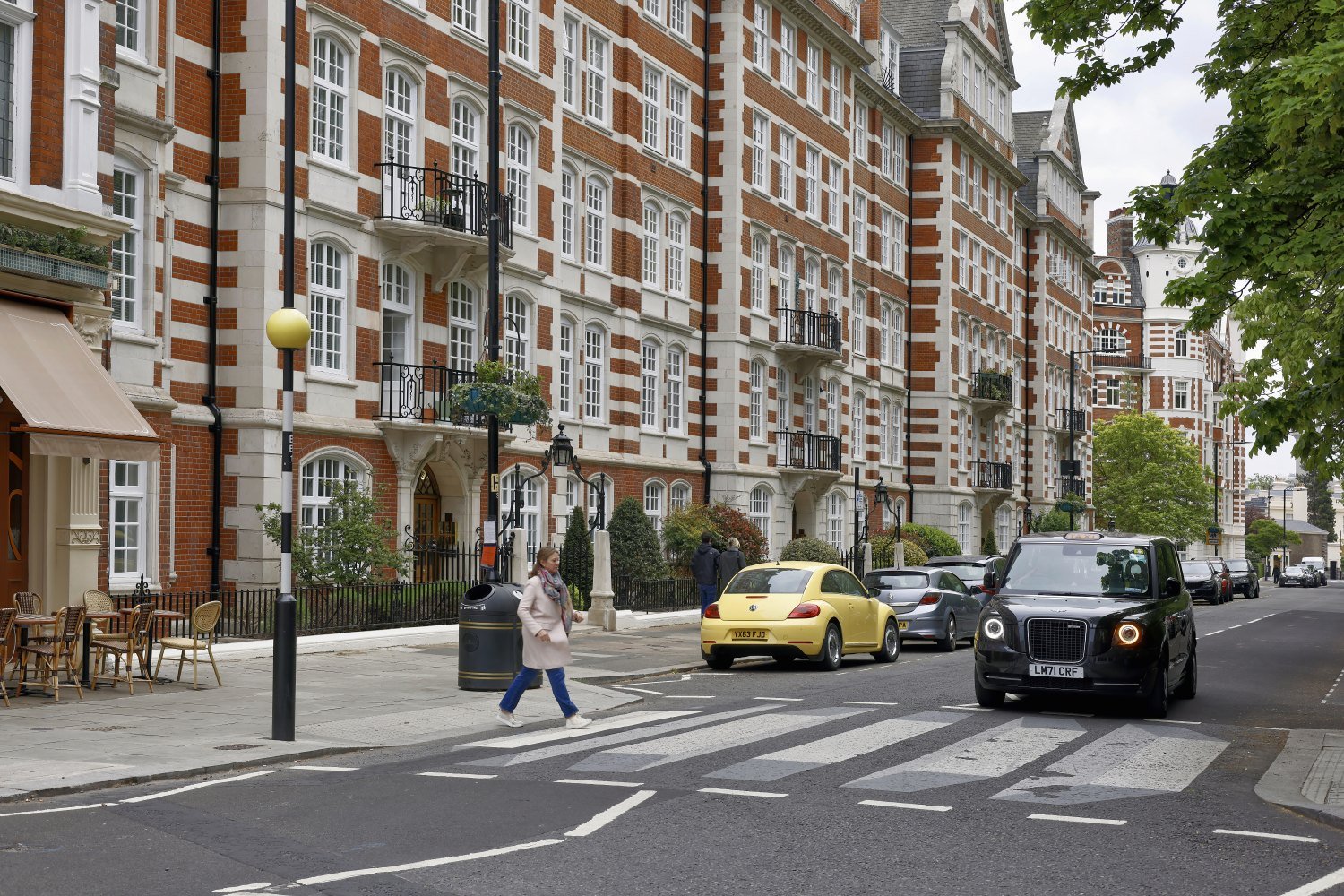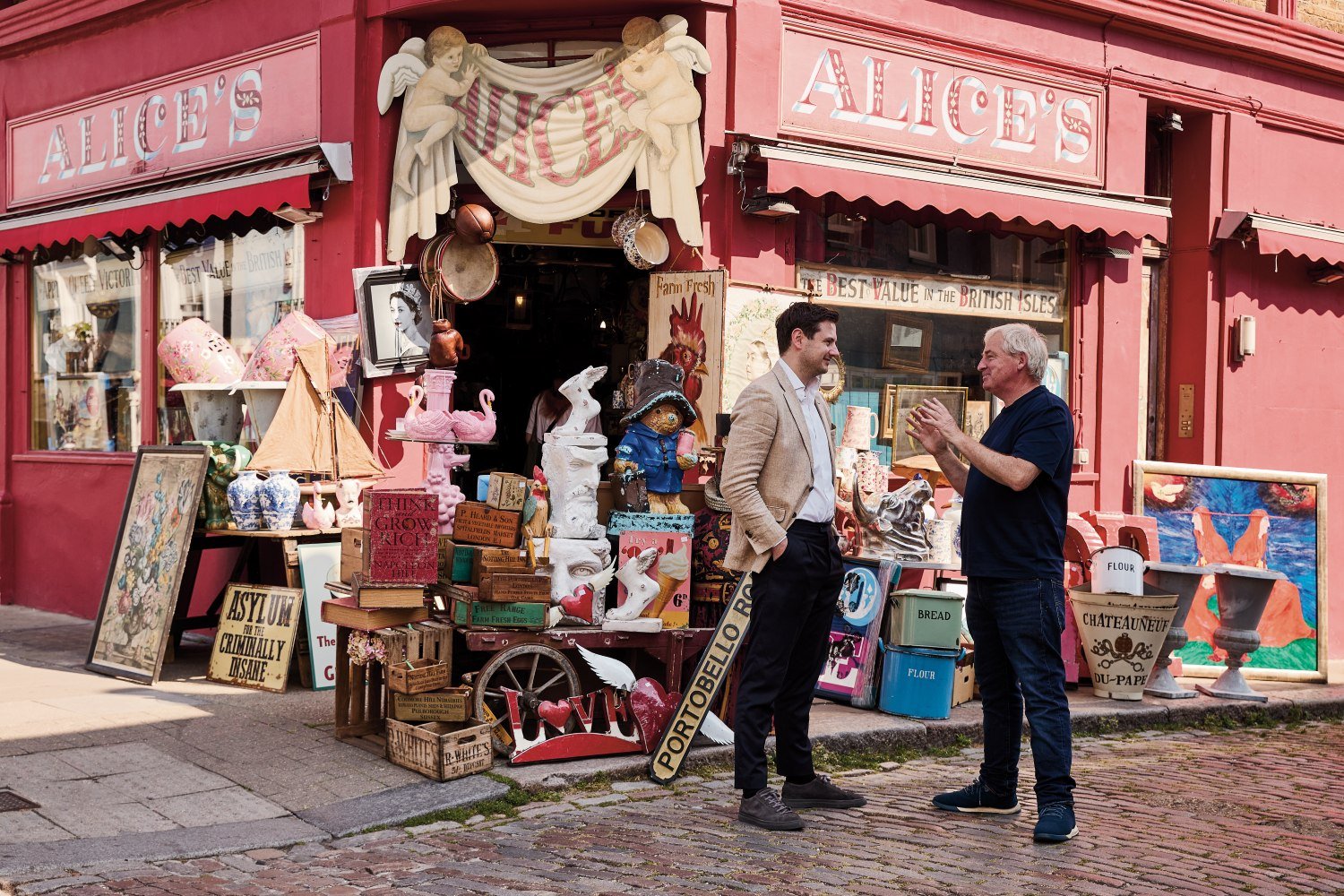The Thursday Murder Club: What Richard Osman got right about modern retirement living
Tom Scaife, Head of Seniors Housing at Knight Frank, delves into how the sector is breaking down perceptions and creating inspiring lifestyle-led communities
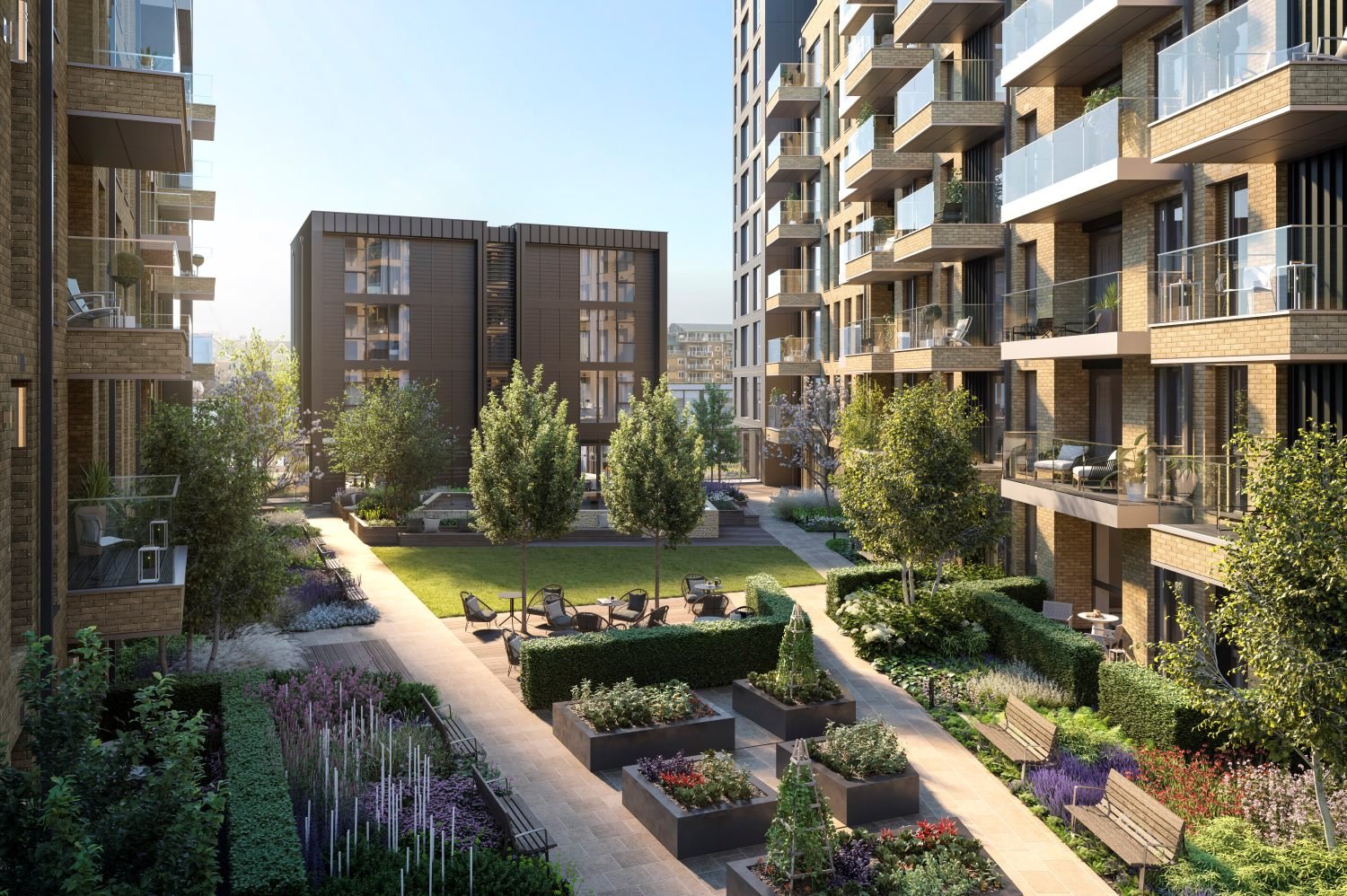
As audiences flock to see Richard Osman's Thursday Murder Club on the big screen and Netflix, they'll meet a group of retirement village residents who spend their days piecing together mysteries, forming friendships and living life to the full. With an incredible cast with Helen Mirren, Pierce Brosnan, Ben Kingsley and Celia Imrie, the film will showcase retirement living in a new and exciting light.
Osman's inspiration to write a book came after visiting a retirement community and seeing the energy, humour and curiosity that thrives there. These communities are becoming vibrant places where later life is embraced, with opportunity for new experiences.
Osman's central insight that retirement communities can be lively, thought-provoking places where people live full lives isn't really fiction anymore. It's the reality of modern senior living, and our latest research shows this shift is accelerating rapidly.
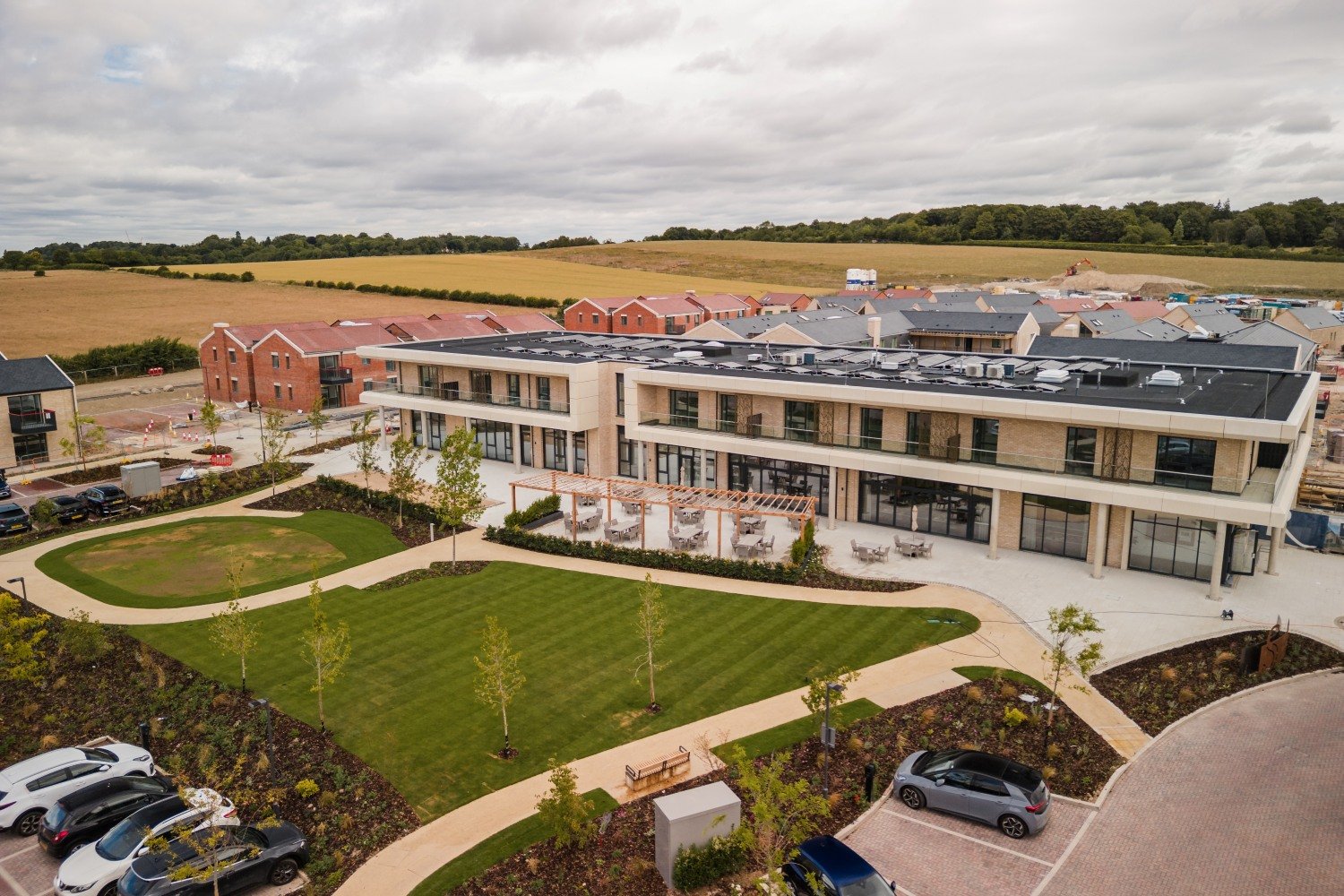
Breaking down outdated perceptions
For decades, when people thought about seniors housing, they pictured something closer to institutional care than community living. The focus was on safety and support, but environments often felt clinical and uninspiring.
Osman's characters Elizabeth, Joyce, Ibrahim and Ron couldn't be more different. They're sociable, curious and sharp, not defined by age, but by their personalities and rich histories. This mirrors what we now see in the most successful developments, places that celebrate individuality rather than diminish it.
Our market data tells the story of this transformation. Integrated Retirement Communities (IRCs) have grown by 11% over the past five years and now account for half of all new seniors housing units delivered, up from less than a fifth in 2019. 81% of new IRC homes are now in urban areas as they focus on walkability, convenience, and proximity to culture. These numbers reflect a deeper cultural change, as expectations of retirement living evolves.

The rise of lifestyle-led communities
What sets the most popular developments apart isn't simply a well-designed flat with optional care, but a holistic environment. Like Osman's fictional Coopers Chase, modern day retirees prioritise lifestyle: good food, leisure amenities, learning and cultural activities, and vibrant outdoor spaces to exercise and form meaningful friendships.
This year will see nearly 8,000 new seniors’ homes completed, the highest annual total since 2018. But the real story is in the quality of what's being built. According to the findings in our latest Seniors Housing Trading Performance Review, 100% of the IRC operators surveyed build schemes with gardens, 99% run regular activity programmes, 99% have resident lounges, 98% include restaurants, 88% with hair salons and 75% with libraries.
Where once retirement meant withdrawal, today it means engagement. That's the environment in which Osman's characters thrive, and it's increasingly what we are seeing across the UK.
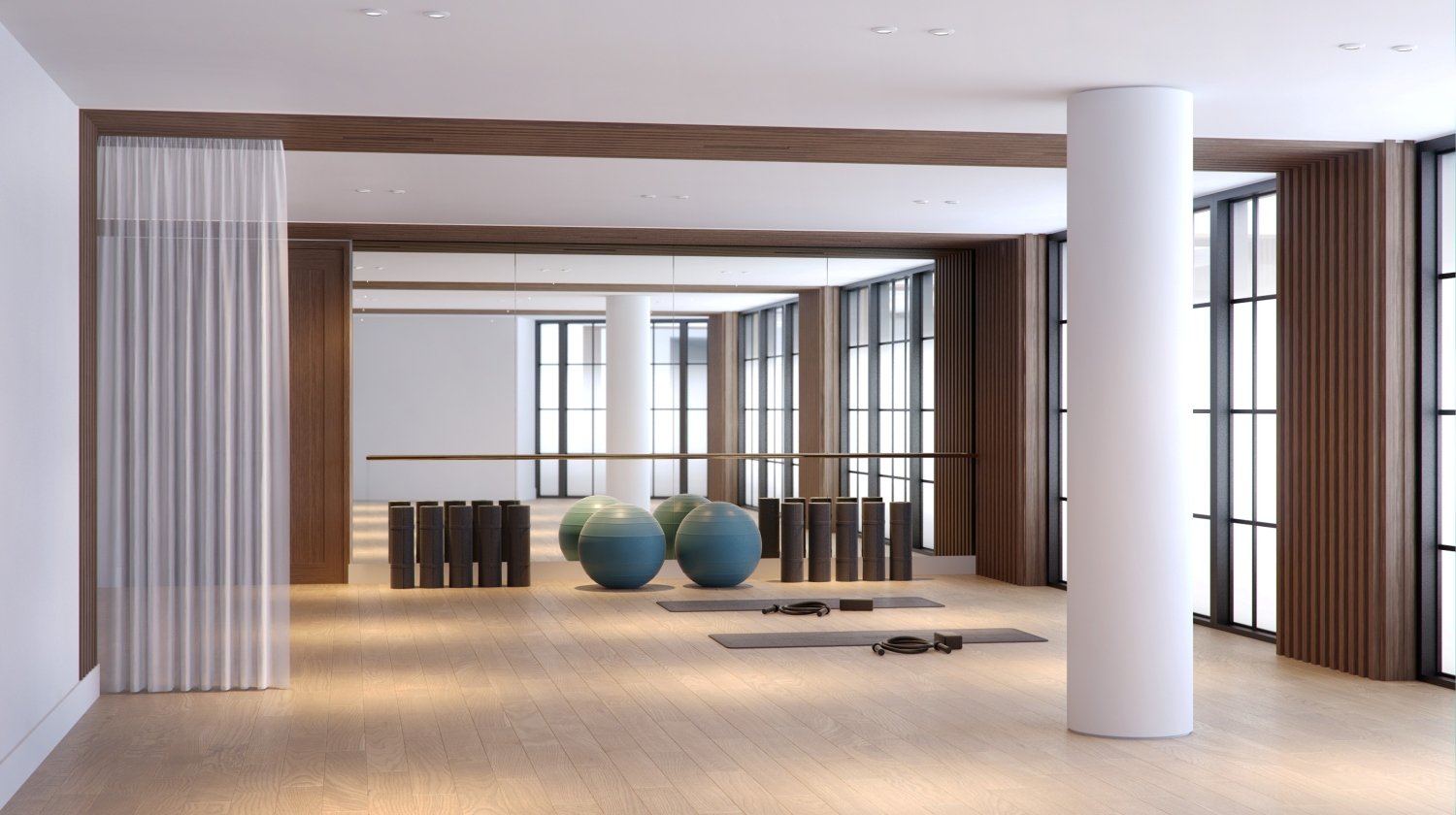
Understanding the demographic shift
This transformation is being driven by a new generation. Today's 70-somethings came of age in the 1960s and 70s, experiencing profound social, cultural and technological change. They travelled more widely, stayed in education longer, and maintained active lifestyles throughout their careers. For them, retirement is about staying stimulated, not shutting themselves away.
Part of why The Thursday Murder Club resonates so deeply is that it recognises this truth. Retirement can be a beginning, not an ending. Elizabeth's intelligence background, Joyce's community activism, Ibrahim's medical expertise and Ron's union leadership doesn’t disappear with age, they continue to shape their present lives and enrich their friends’ lives.
The planning pipeline tells the story of rising expectations. In 2024, 244 new applications came forward, representing more than 16,000 potential units and notably, 57% of them were designated as IRCs. It’s a clear signal that developers and operators are moving with the times, building communities that reflect how people actually want to live, rather than clinging to outdated notions of what aging should look like.

The supply challenge
According to the Mayhew Review, 50,000 new seniors housing units should be built each year to meet demand. Even with 8,000 completions expected in 2025, delivery falls far short of that target.
Currently, there are about 30,000 seniors’ homes in the pipeline, with nearly 13,000 under construction. While encouraging, this is nowhere near enough to keep up with the rapidly growing 75+ population. The real challenge for our sector is how to scale up delivery without compromising quality across the UK.
The investment opportunity
This evolution toward lifestyle-led communities makes compelling sense for investors. Demographic trends are crystal clear: the 75+ population is expanding far faster than the housing stock that serves them. Beyond demographics, developments that succeed in creating vibrant, engaging environments consistently outperform on both occupancy and pricing.
Geographically, delivery is led by the South East at 36%, followed by the North West at 23% and London at 11%. These are markets where both demand and land values support comprehensive developments with broad lifestyle appeal.
Private rental options within seniors housing have also risen 24% over five years. Far from being driven by necessity alone, this reflects choice. Many older people value the flexibility of rental, mirroring broader shifts in housing preferences across all generations.

Beyond the headlines
Of course, real retirement community residents aren't spending their days solving cold cases. But they are leading book clubs, organising charity events, mentoring younger people, and maintaining busy social calendars. What Osman highlights is that retirement isn’t thrilling because of hidden surprises, it’s the community that sparks energy, purpose and joy. They represent recognition that retirement living can and should be about growth, connection and possibility.
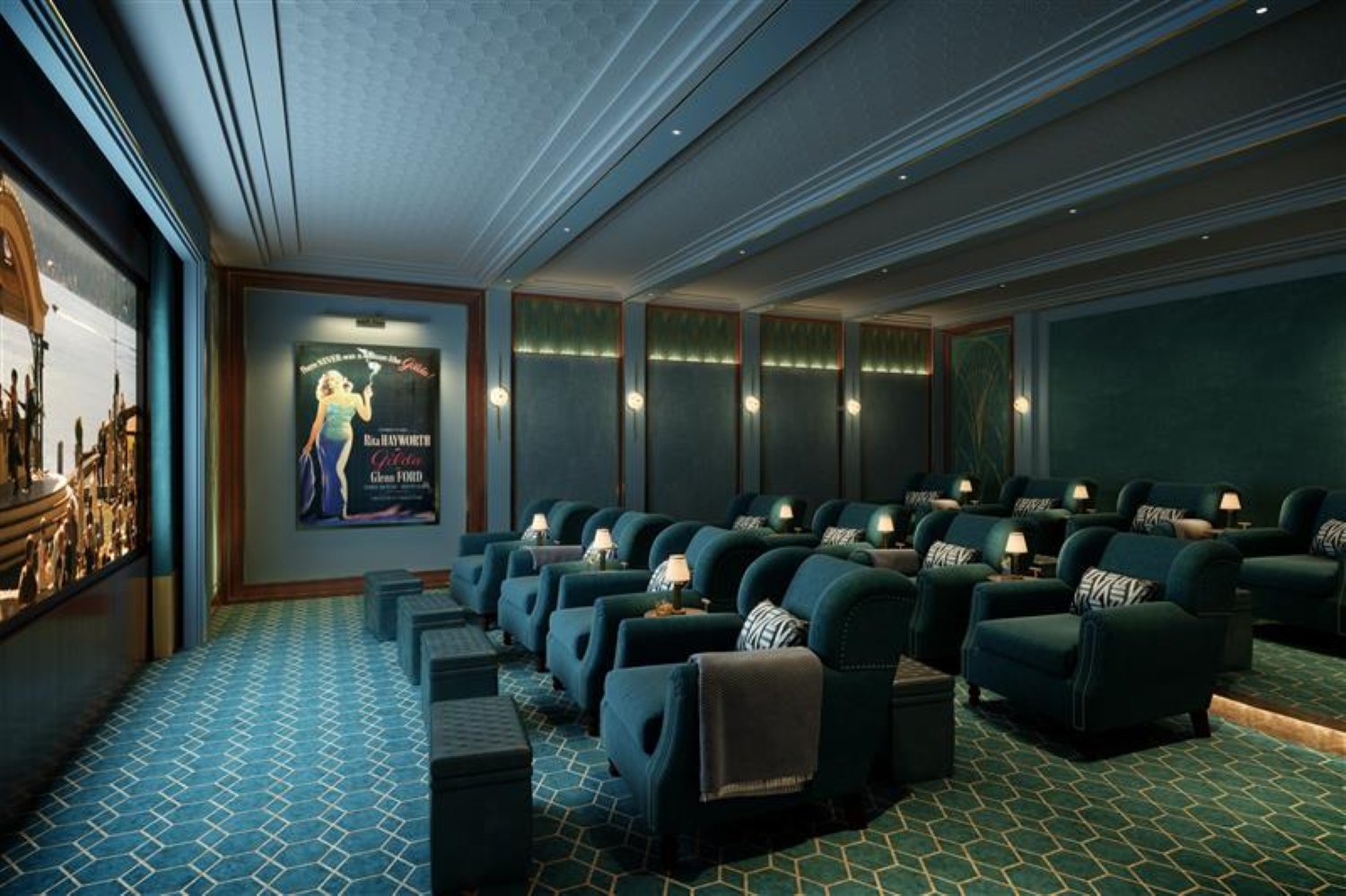
A cultural moment for the sector
As The Thursday Murder Club moves from page to screen, it highlights the appetite for stories that portray older adults as complex, capable and thoroughly engaged with life.
For developers, operators, or advisors, this moment reflects an opportunity for growth. More homes will always be needed, and efficient care will always matter. But what really counts is creating places where people can keep growing, keep connecting, and keep finding meaning in their everyday lives.
That’s why Osman’s characters land so well. They’re curious, purposeful, and open to what’s next. The retirement communities that succeed in the future will be the ones that capture that same spirit, not just on the screen, but in real life.
Featured residences: rangefordvillages.co.uk, riverstoneliving.com, auriens.com

